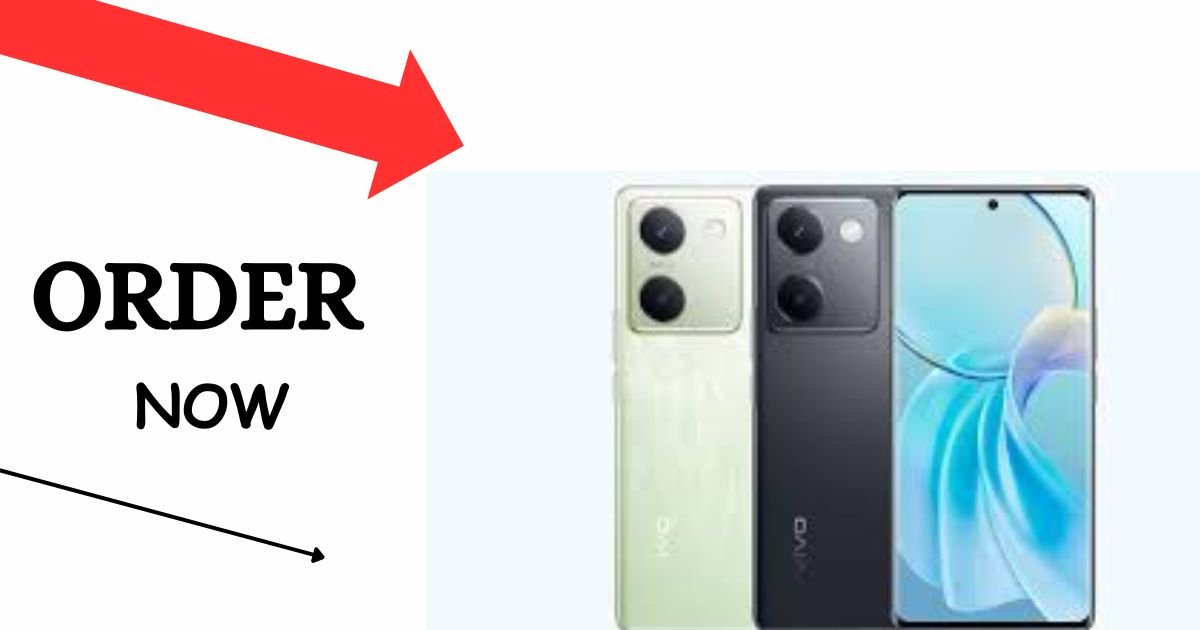Student loans can feel like a heavy backpack you’re forced to carry for decades. If you’re daydreaming of lighter financial loads, you’re not alone. The good news? Several student loan forgiveness programs exist to help crush that debt—if you know where to look. List the top five options, how they work, and who qualifies.
1. Public Service Loan Forgiveness (PSLF)
Best for: Government and nonprofit employees.
The PSLF Program wipes out federal student loan debt after 120 qualifying monthly payments (that’s 10 years!) while working full-time for a qualifying employer.
Key Details:
- Eligibility: Federal Direct Loans only (you may need to consolidate other federal loans).
- Employers: Government agencies, 501(c)(3) nonprofits, or other public service organizations.
- Payments: Must be on an income-driven repayment (IDR) plan or the 10-Year Standard Plan.
Pro Tip: The temporary PSLF Waiver expired in 2022, but the newer SAVE Plan (a type of IDR) can lower monthly payments, making forgiveness more accessible.
2. Teacher Loan Forgiveness

Best for: Educators in low-income schools.
Teachers shaping young minds in Title I schools may qualify for up to $17,500 in forgiveness on Direct or FFEL Subsidized/Unsubsidized Loans.
Key Details:
- Eligibility: Teach full-time for five consecutive years at a qualifying school.
- Amounts:
- $17,500 for secondary math/science or special education teachers.
- $5,000 for other eligible teachers.
- Loans: Must have been taken out before the end of your five-year service period.
Note: You can’t combine this with PSLF for the same teaching period, but you can pursue both sequentially!
Also read: Top 5 Ways to Negotiate Lower Interest Rates (and Save Money Without the Stress)
3. Income-Driven Repayment (IDR) Forgiveness
Best for: Borrowers with high debt relative to income.
IDR plans cap monthly payments at a percentage of your income and forgive remaining debt after 20–25 years of payments.
Key Details:
- Plans: SAVE, PAYE, IBR, and ICR. The new SAVE Plan offers the lowest payments (5% of discretionary income for undergrad loans).
- Tax Alert: Forgiven amounts under IDR are tax-free through 2025 thanks to the American Rescue Plan. Post-2025, this could change.
- Timeline:
- 20 years for loans taken out for undergraduate studies.
- 25 years for graduate school loans.
Fun Fact: Over 1 million borrowers have gotten debt cancellation via IDR since 2022!
4. Perkins Loan Cancellation
Best for: Nurses, firefighters, teachers, or military servicemembers.
If you have old Perkins Loans (discontinued in 2017), you could cancel 100% of your debt through eligible public service.
Key Details:
- Cancellation Tiers:
- Year 1: 15% forgiven
- Year 2: 15%
- Year 3: 20%
- Year 4: 20%
- Year 5: 30%
- Eligible Jobs: Teaching, nursing, law enforcement, early childhood education, or volunteering (e.g., Peace Corps).
Heads Up: Check with your school’s financial aid office—they administer Perkins cancellations.
5. State-Based Loan Repayment Programs
Best for: Professionals in high-need areas.
Many states offer repayment assistance to attract doctors, dentists, lawyers, and nurses to underserved communities.
Examples:
- Texas: Up to $160,000 for physicians in rural areas.
- California: Up to $50,000 for mental health providers.
- New York: Up to $120,000 for nurses.
How to Find Them: Search “[Your State] + student loan repayment programs” or visit your state’s health/education department website.
FAQ: Your Student Loan Forgiveness Questions, Answered
Q: Can I combine multiple forgiveness programs?
A: Sometimes! For example, you might do Teacher Loan Forgiveness first, then switch to PSLF. But you can’t “double-dip” by counting the same payments toward two programs.
Q: Are forgiven loans taxable?
A: It depends:
1. PSLF and Perkins Cancellation: Never taxable.
2. IDR Forgiveness: Tax-free through 2025 (thanks to COVID-era relief). After that, expect taxes unless laws change.
Q: What’s the difference between forgiveness and discharge?
A: Forgiveness is earned via qualifying work/payments. Discharge happens due to circumstances like school closure, disability, or fraud (see: Borrower Defense).
Q: How do I apply?
A: Each program has its steps:
1. PSLF: Submit the Employment Certification Form (ECF) annually.
2. Teacher Forgiveness: Apply via your loan servicer after five years.
3. IDR: Enroll in a plan through StudentAid.gov.
Q: Do private loans qualify?
A: Sadly, no. These programs only cover federal loans. But some private lenders offer assistance—check with yours!
Final Thoughts
Student loan forgiveness isn’t a myth—it’s a lifeline for millions. While the process can feel daunting, taking it step-by-step (and staying organized!) pays off. Always double-check eligibility criteria with your loan servicer or the Federal Student Aid website, as policies evolve.
Is this helpful? Share it with a friend who’s navigating the student loan maze


